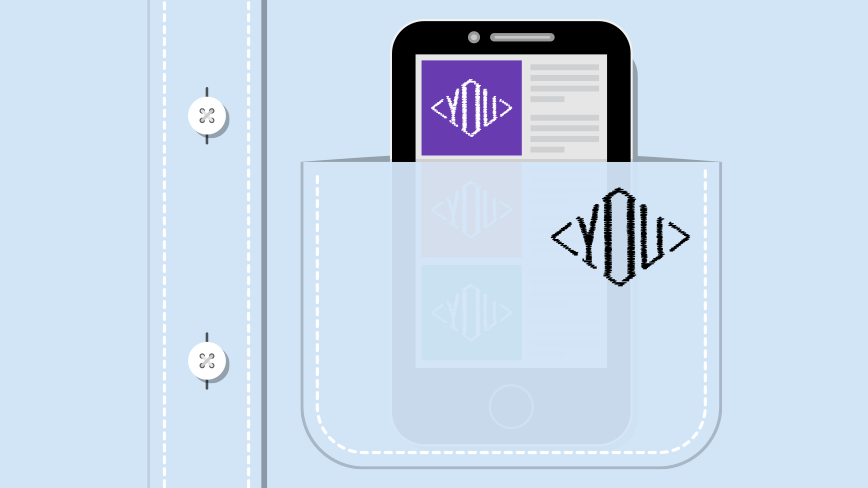Personalization is set to be the biggest disruption in marketing since the idea of corporate sponsorships. Brands that are able to personalize are already seeing real results in their bottom lines.
Janrain, which specializes in customer relationship management, reports that 67% of consumers wish to see more personalization and that ecommerce sites that are able to successfully personalize see a 19% lift in sales on average.
Despite this obvious demand, only 29% of marketers are investing in personalization, according to Dynamic Yield. Janrain likewise reveals that 74% of online consumers are frustrated with websites offering content that has absolutely nothing to do with their interests.
This type of disconnect is a failure to recognize customer needs. As more businesses come to grips with this failure and adjust, the gap between those who personalize and those who do not will only get wider.
Tailored Experiences on the Rise
Personalization can already be recognized as the dominant trend in how devices and technology are being used. Modern social media is an excellent example. If someone were to create a Facebook profile and refused to add friends or a Twitter handle and chose not to follow anyone, their “feed” would sit vacant. Interest in highly-specified content streams powers platforms like these. As the user engages differently with the content they see, an algorithm adjusts the stream to reflect their interests.
Display advertising is picking up on this trend. Google has been doing roughly the same thing as Facebook but with pay-per-click ads instead of posts, and for years they have had customized lead-ins for YouTube. Compared to traditional TV ads, YouTube lead-ins are intended to be a better reflection of the content that interests the user. Hulu similarly polls its audience to deliver more relevant ads.
Now the rise of connected devices and the Internet of Things is enabling more insight into behavior than ever. Devices like the Nest thermostat and the Apple iWatch can bring web-enabled interactivity to a whole new level of marketing practices. Imagine a thermostat informing a data marketing service that the homeowner could need their ducts cleaned.
Amazon is already trying to do a less sophisticated version of this functionality with their Dash devices. The idea is that users press a button when their Keurig coffee maker runs out of K Cups. Soon, the coffee maker could contain the button, asking users if they want more of their favorite flavor and ordering it automatically if they agree. Capturing customers in the right time and the right place creates convenience for the consumer and a highly effective, revenue-driving strategy.
Science Non-Fiction
In the film Minority Report, Tom Cruise’s character walks into a Gap store and is greeted by holographic displays. “Hello, Mr. Yakamoto!” they exclaim. “Welcome back to the Gap! How did those assorted tank tops work out for you?”
While in 2002 this functionality was seen as complete science fiction, the reality of highly personalized marketing is already upon us. Most surprising of all, it can be harnessed using versions of devices we had more than 10 years ago.
Proximity marketing allows digital displays to recognize a smartphone app in a customer’s pocket. The data in the app can allow the digital signage to greet that customer by name and potentially provide a product recommendation or offer based on their previous shopping behaviors. The result is identical to the movie’s depiction, albeit in 2D form.
Functionality like this coupled with more internet-enabled devices is set to drive the future of personalized marketing. The old practices — mass broadcast TV and radio ads — are quickly on the wane. Broadcast television is being replaced by streaming platforms like Netflix, radios by apps like Pandora. Just like personalized marketing, these new-media alternatives give users only the type of content they want.
As Kiip CEO Brian Wong writes in The Wall Street Journal, “with social media, YouTube and Netflix serving up exactly what the user wants […] personalization is no longer a luxury, but an expectation.”
Brands increasingly need to construct automated personalization campaigns that tap into the user’s need for relevance. Thanks to advances like the Internet of Things, proximity marketing and social media platforms, more data than ever is available. Brands will just need to have the means to process it and the will to use it.

